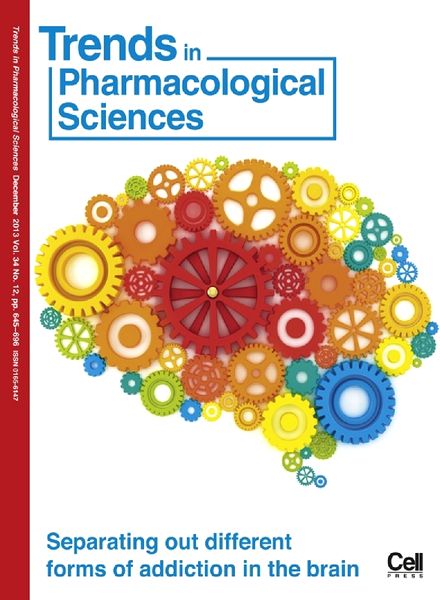“Increasing evidence suggests a close relationship between the endocannabinoid system and schizophrenia.
The endocannabinoid system comprises of two G protein-coupled receptors (the cannabinoid receptors 1 and 2 [CB1 and CB2] for marijuana’s psychoactive principle Δ9-tetrahydrocannabinol), their endogenous small lipid ligands (namely anandamide [AEA] and 2-arachidonoylglycerol [2-AG], also known as endocannabinoids), and proteins for endocannabinoid biosynthesis and degradation.
…antipsychotic compounds which manipulate this system may provide a novel therapeutic target for the treatment of schizophrenia.
The present article reviews current available knowledge on herbal, synthetic and endogenous cannabinoids with respect to the modulation of schizophrenic symptomatology.
Furthermore, this review will be highlighting the therapeutic potential of cannabinoid-related compounds and presenting some promising patents targeting potential treatment options for schizophrenia.”


